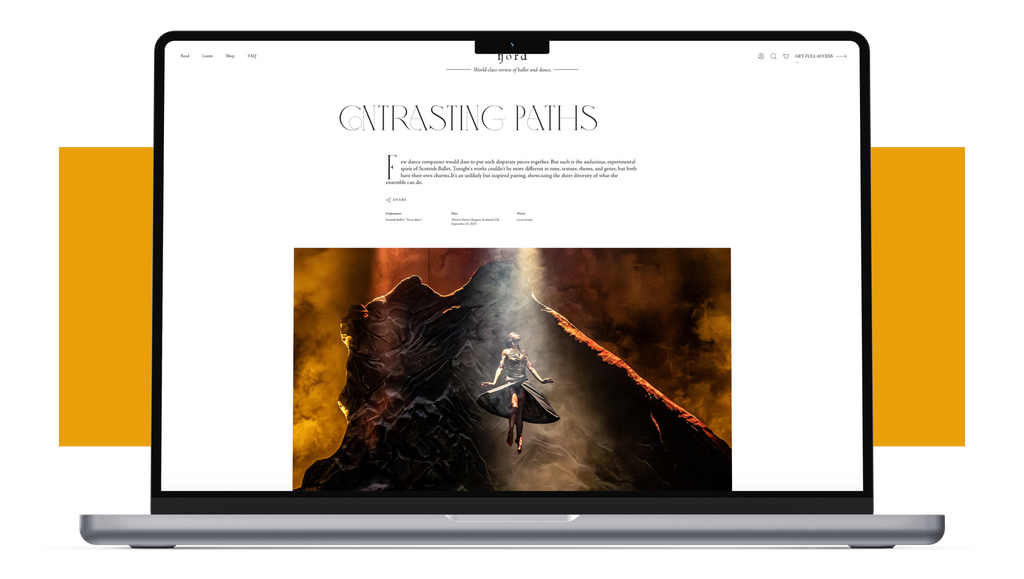Sweet Fields
According to artistic director Peter Boal’s welcome letter for Pacific Northwest Ballet’s fifth season program, the most popular mixed rep slates at PNB feature works by Crystal Pite or Twyla Tharp.
Continue Reading
World-class review of ballet and dance.
The Nederlands Dans Theater has been coming to City Center since 1968. The company’s associations with edgy choreographers like Jiri Kylian, Crystal Pite, William Forsythe, and Ohad Naharin have made for some thrilling performances over the years. I remember vividly the excitement in the house when they brought Paul Lightfoot and Sol León’s “Shutters Shut” to the Fall for Dance Festival in 2012. They returned this week with a less stimulating trio of works, including one winner and two stinkers. Although their batting average took a dive, the caliber of their dancing remains as high as ever. I hope they come back through with better things for their dancers to do.
Performance
Place
Words



“Uncommonly intelligent, substantial coverage.”
Already a paid subscriber? Login

According to artistic director Peter Boal’s welcome letter for Pacific Northwest Ballet’s fifth season program, the most popular mixed rep slates at PNB feature works by Crystal Pite or Twyla Tharp.
Continue ReadingLassoing is a surprising through-line for a Martha Graham Dance Company performance. The theme steps generally tend towards the child-birthing variety: contractions and deep squats.
Continue ReadingAs a dance viewer, it’s easy to get swept up in the grand movements in a piece, glossing over the finer details.
Continue ReadingHubbard Street Dance Chicago was in New York for a two-week run March 12–24 at the Joyce Theater, a venue that consistently programs excellent smaller dance companies in its 472-seat theater.
Continue Reading
Thanks, I prefer reading you to the NY Times. I feel like I was there. The description of Forsythe’s work is wonderfully clear.